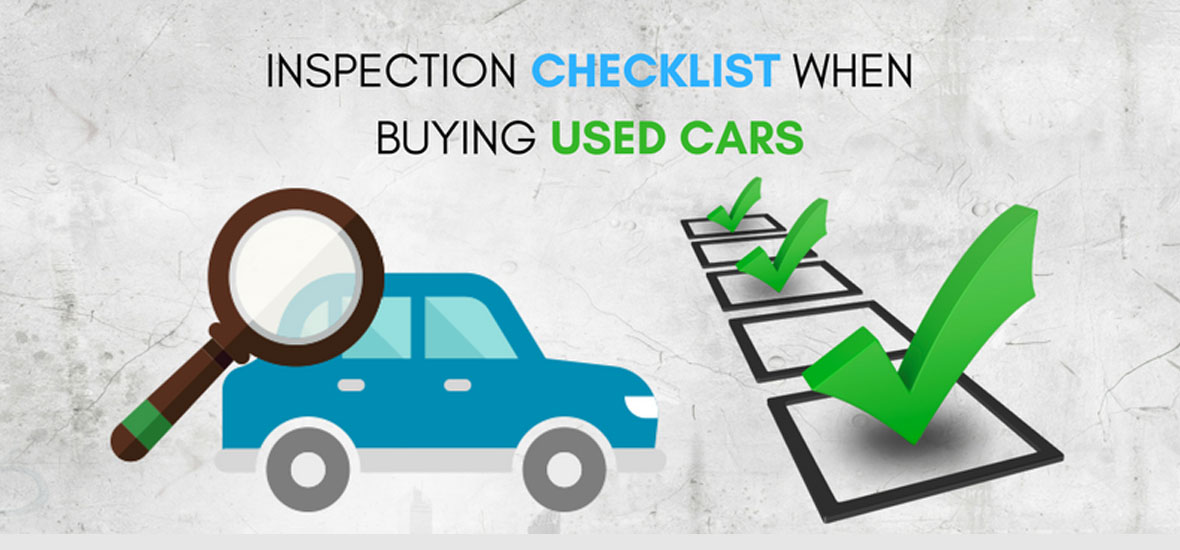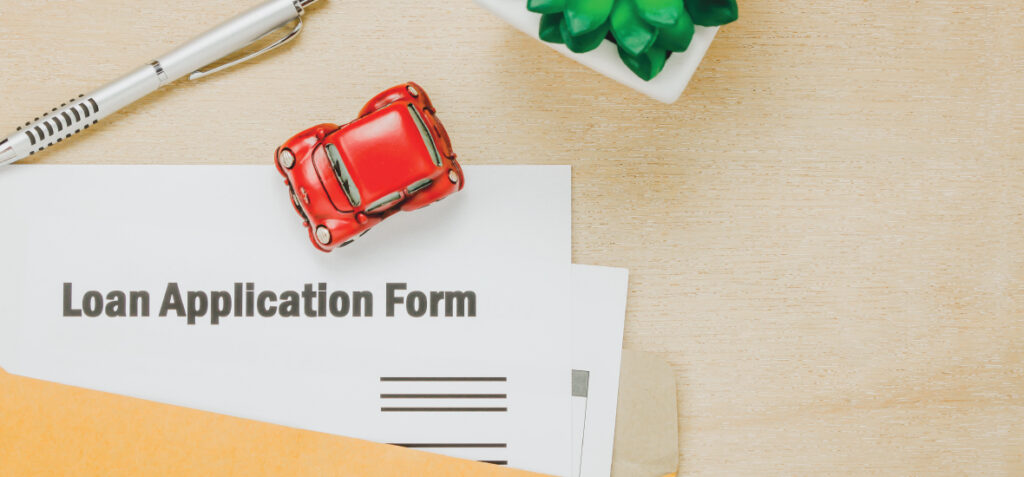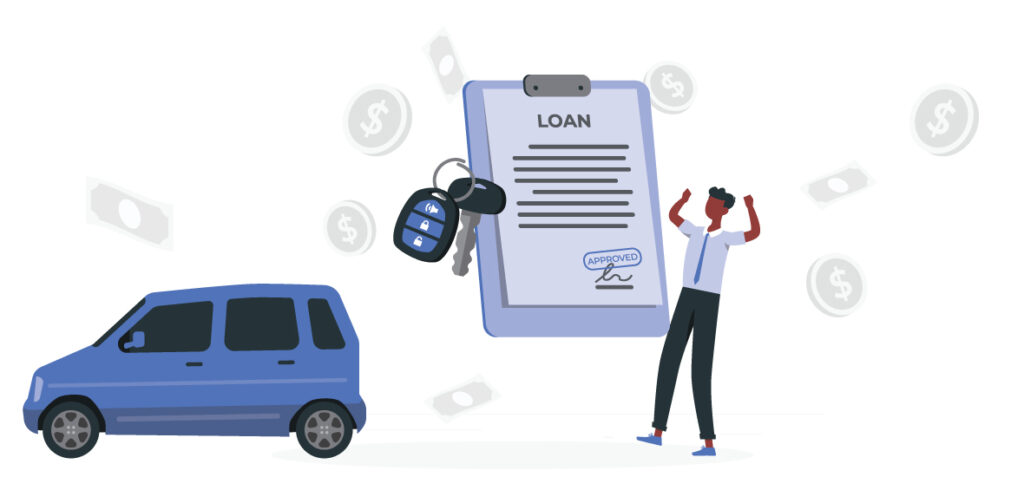
Checklist For Buying A Used Car
Buying a used car can be a complicated and tedious process. While it is less costly than purchasing a new car and you get to enjoy greater value, there are certain things you have to look out for to ascertain the quality and performance of the used car. To protect yourself from making a bad purchase while minimizing the chances of purchasing an unreliable, overpriced, or unsafe vehicle, here are the steps you can take.
Certified Pre-Owned
When buying a used car, you should consider certified pre-owned cars as they come with factory warranty coverage and have a good track record of no accidents. They also undergo a comprehensive and rigorous inspection and refurbishment process at the car dealership that has to meet strict guidelines from the original manufacturer.
Certified pre-owned cars also come with service records and provide consumers with extras such as roadside assistance and trip interruption coverage. While certified pre-owned cars are more expensive than equivalent non-certified used vehicles, you stand to benefit in the long run due to the potentially lower cost of repairs and maintenance. Buying a certified pre-owned car ensures better reliability and quality.
Mileage
Checking the mileage of the car on the odometer is very important for potential buyers as many car dealers and owners tamper with the mileage, resulting in a false mileage reading. This can give potential buyers the false impression that the vehicle has had lesser driving distance and experienced lesser wear and tear when in reality the opposite is true.
Buyers should check for signs that the mileage has been tampered with by cross-checking if the mileage aligns with the figures found on inspection and maintenance records. They should also check for any visual discrepancies, loose or missing dashboard screws, alignment of odometer numbers, and if the mileage is way below the average yearly use. If you are not sure whether the mileage has been tampered with, you can always bring it to an independent and trusted mechanic or workshop.
Interior, Exterior, and Engine Condition
Do a thorough check of the exterior, interior, and engine of the car for any potential faults or discrepancies. While it may be easy to spot scratches or dents, you should also try to spot other major problems such as rust or leaks. Check for any unusual smells when test driving the car, any leaking fluids, as well as all the different buttons and car functions.
You should also check the air conditioning and make sure that it is functioning well. Check the level and color of the engine and transmission oil, as well as the coolant. It is best to bring a mechanic or an experienced technician to perform these checks alongside you.
Tires and Brakes
The condition of the tires and brakes is also an indication of the quality of the car. Look out for any excessive wear on the outer shoulder of the front tires and any worn brake, clutch, or gas pedals. Perform a thorough visual check of the tires for any dents or cracks.


